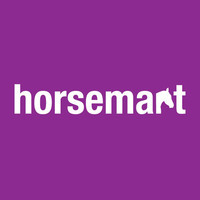
Are You & Your Horse Ready For Bitting Advice? The Steps You Need To Consider First
Equestrian Advice & Guides All Disciplines
Build your business profile for FREE and expose your services to thousands of potential clients!
Create my profile now!
When asking friends and colleagues, most New Year’s resolutions were to increase their exercise levels and improve fitness. I can imagine this resolution has been popular across a significant proportion of the British population. Unlike many other sporting disciplines, the fitness level and health status of the equestrian rider is commonly over-looked. Instead, owners often invest copious amounts of time and resources focused upon reaching and maintaining their horse’s fitness levels and forget about their own. Together, the horse and rider should be able to work in partnership to create a successful horse and rider dyad. So, whether you are a professional or a rider for pleasure, whatever the discipline, a fit and athletic rider is just as important as a fit and healthy horse.
A strong, healthy rider will present numerous benefits for the horse. From a simple perspective, the body mass of the rider has a significant impact on the horse’s ability to perform. Research indicates there is a clear threshold in the amount of weight a horse can carry. It is recommended the horse is only expected to carry between 15 – 20% of their body weight. Research suggests exerting the horse to levels above this threshold increases the prevalence of fatigue, muscle tension and potentially lameness. However, threshold levels should be calculated on an individual basis as factors such as breed, age, fitness levels, and health will all influence weight carrying and performance abilities.
If you ask most instructors, they will tell you how important your core strength is towards maintaining your riding ability. This is the group of muscles, largely the abdominal muscles which help you to balance and maintain the correct posture on the saddle. Training your core muscles to become effective and strong will take time and hard work, however the rider will begin to see a noticeable improvement in their riding ability. Other benefits include an improved ability to react and maintain balance to unexpected movement, such as the horse spooking, bucking or rearing.
Article written by Lucy Holden

